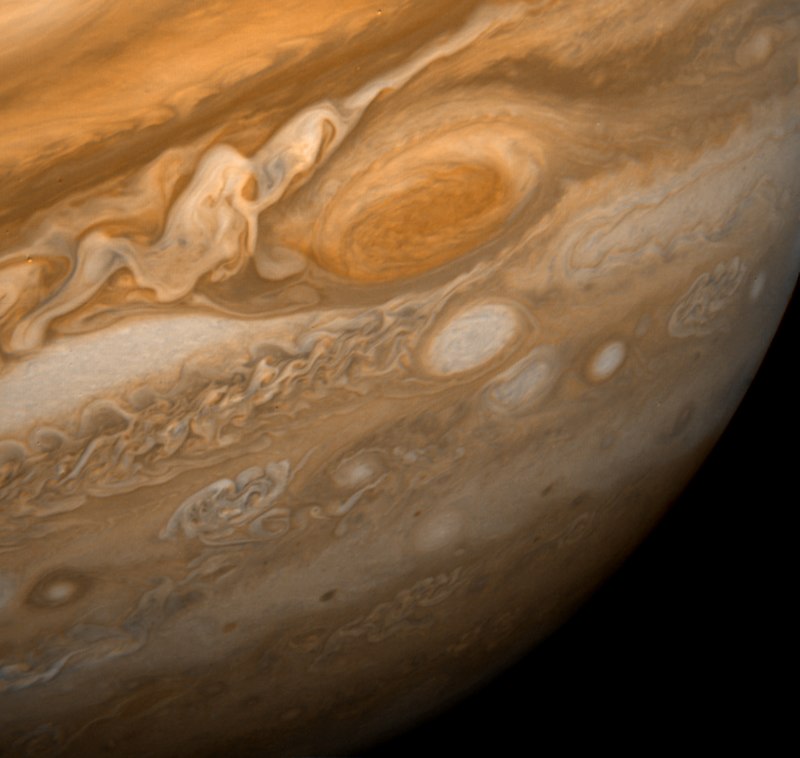High Kinetic Inductance and Quantum Coherence in Twisted Trilayer Graphene

Twisted trilayer graphene, a novel material composed of three stacked layers of graphene arranged at a precise angle of approximately 1.1 degrees, has recently shown remarkable properties in terms of kinetic inductance and quantum coherence. This advancement was detailed in a study published in the *Physical Review Letters* on June 27, 2025, by researchers from the Massachusetts Institute of Technology (MIT), Harvard University, and the National Institute for Materials Science in Japan.
Superconductivity is a phenomenon characterized by zero electrical resistance below certain critical temperatures, arising from the formation of Cooper pairs—pairs of electrons that move through a lattice without scattering. This study particularly emphasizes unconventional superconductivity, which cannot be explained by traditional electron-phonon interactions, as theorized in the Bardeen-Cooper-Schrieffer (BCS) theory.
Dr. Paritosh Karnatak, a co-senior author of the research and a physicist at MIT, stated, "The discovery of superconductivity in twisted graphene layers has captivated the research community since its initial revelation in 2018 by Pablo Jarillo-Herrero and his team" (Karnatak, P., et al., 2025). The study reveals that twisted trilayer graphene not only exhibits high kinetic inductance—nearly 50 times greater than that of known superconductors—but also shows tunable properties via gate voltage, which can alter the material's superconducting state.
The researchers successfully created superconducting junctions, termed Josephson junctions, within twisted trilayer graphene. These junctions consist of two superconducting leads separated by a thin barrier, allowing for the characterization of the superconducting behavior of the material. According to Dr. Christian Schönenberger, another co-senior author and a physicist at the University of Basel, "Our experiments revealed that the twisted trilayer graphene can act as an inductor rather than a resistor, demonstrating unique supercurrent dependencies that highlight its superconducting nature" (Schönenberger, C., et al., 2025).
The study found that the kinetic inductance measured in twisted trilayer graphene reached unprecedented levels, with implications for quantum technologies, including single-photon detectors and superconducting qubit platforms. This is significant, as high kinetic inductance materials can enhance the performance of quantum circuits and devices.
Despite these promising findings, the researchers caution about the practical applications of twisted trilayer graphene in quantum technologies. Dr. Karnatak explained, "While the material's properties are compelling, its application potential at high frequencies needs further exploration, and the material's instability poses challenges for large-scale development" (Karnatak, P., et al., 2025). The material requires precise engineering in a laboratory setting, which might limit its use in practical applications compared to naturally occurring graphitic materials that have also shown superconductivity.
The ongoing research aims to elucidate the mechanisms underlying superconductivity in twisted trilayer graphene and explore other graphene-based materials that could provide similar superconducting characteristics in a more stable form. This could significantly advance the field of quantum material science and lead to the development of new technologies.
In conclusion, the discovery of high kinetic inductance and enhanced quantum coherence in twisted trilayer graphene marks a significant step in understanding unconventional superconductivity. As researchers continue to investigate these properties, they hope to unlock further applications in the burgeoning field of quantum technologies, potentially paving the way for innovations that leverage the unique characteristics of this advanced material.
For a comprehensive analysis, refer to the original study published in *Physical Review Letters*, DOI: 10.1103/PhysRevLett.134.216001.
Advertisement
Tags
Advertisement





